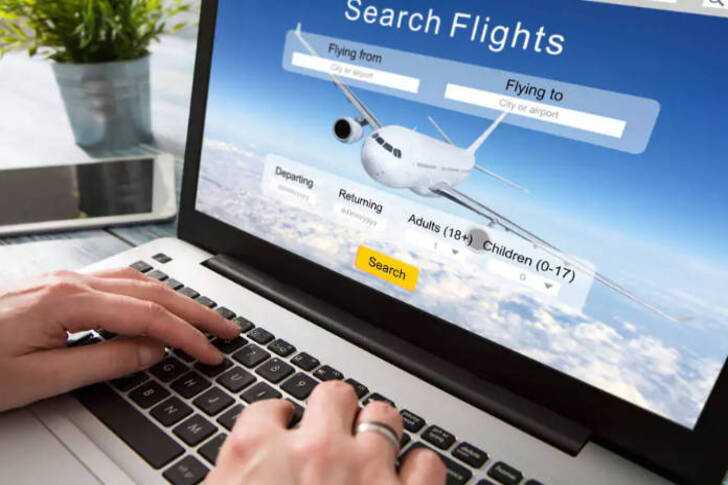Guide for Flight Bookings – Premium + Mixed Airline RAW
Booking premium flights while combining different airlines in a single journey is an increasingly popular option for travelers seeking both comfort and cost-efficiency. A “Premium + Mixed Airline” booking combines premium seating on certain legs with economy on others, or involves flights with multiple carriers. This guide helps you navigate this complex booking strategy to ensure a smooth and rewarding travel experience.

Understanding Premium and Mixed Airline Bookings
Premium seating, often associated with business or first-class travel, offers enhanced comfort, priority boarding, more legroom, better meals, and access to lounges. While this can significantly improve the flying experience, such perks come with a higher price. However, mixed airline bookings allow you to strategically choose premium seating for the most important segments of your journey while opting for standard or economy seats for shorter or less significant legs. This approach strikes a balance between luxury and practicality.
When it comes to mixed airline bookings, it involves booking segments of your trip on different carriers. This type of arrangement can happen intentionally when looking for the best connections, routes, or loyalty benefits—or through travel consolidators and booking platforms that optimize routes across airlines. It’s common in international travel where connecting flights between different alliances might offer more favorable schedules or routes.
Benefits of Mixed Airline Bookings
Choosing a combination of airlines has several key advantages. First, flexibility: you can tailor each leg of your journey based on factors such as flight duration and personal preferences. For long-haul flights, premium class might be preferred for the comfort and amenities, while shorter domestic flights can be in economy to save on costs.
Second, mixed airline bookings open up a wider range of flight schedules and routes. Certain airlines might not service every leg of your journey, especially if you are traveling to more remote destinations. By combining multiple carriers, you can access more direct or convenient flight routes that would otherwise require complicated layovers or significant backtracking.
Moreover, frequent flyer points or miles can often be earned on multiple airlines through partnerships and airline alliances. Many carriers are part of global alliances (such as Star Alliance, SkyTeam, and Oneworld), allowing passengers to accumulate points on various airlines that are part of the same alliance.
How to Book Premium + Mixed Airline Flights
When booking a mixed airline trip, you can begin by selecting your most crucial leg—the longest or most exhausting segment. Opt for premium seating for this part, whether that’s business or first class. Once you’ve locked in the premium experience, select economy or economy plus seats for shorter or domestic flights that don’t require the same level of comfort.
There are several ways to book these types of tickets. Many online travel agencies (OTAs) like Expedia, Google Flights, or Skyscanner allow users to search for flights using multiple carriers. Alternatively, directly booking through airline websites might provide options to mix airlines within their partnership networks. Airlines that belong to alliances also often offer seamless integration when booking flights with their partners, which can reduce the complexity of managing different airlines in one trip.
However, it’s important to check the terms and conditions of each ticket. Some mixed airline itineraries may involve more stringent baggage rules, different cancellation policies, or limited lounge access for premium ticket holders, depending on the leg and carrier. Make sure to review the fine print before confirming your booking to avoid unexpected surprises.
Considerations for Smooth Travel
When flying on a mixed airline itinerary, plan for the logistics of transfers between airlines. In some cases, you may need to transfer between terminals or recheck baggage, especially if the airlines involved are not within the same alliance or do not have a code-sharing agreement. Always account for potential delays when planning your layover times, and ensure that your baggage allowances and fees are consistent across different airlines.
Additionally, managing loyalty benefits across different airlines can be advantageous. If you’re a frequent flyer, make sure to link your loyalty accounts or enter the correct frequent flyer number to ensure points accumulation. Some credit cards also offer travel benefits that can assist with such complex bookings, providing insurance or lounge access across different carriers.
Conclusion
Booking premium flights through a mixed airline strategy offers the best of both worlds: luxury when it matters most and cost-saving on shorter flights. Understanding how to combine different airlines, the logistics involved, and the specific benefits of each flight segment is essential for a smooth and enjoyable travel experience. By planning ahead and utilizing the right booking tools, you can unlock the flexibility and comfort of premium flying without breaking the bank.







Recent Comments